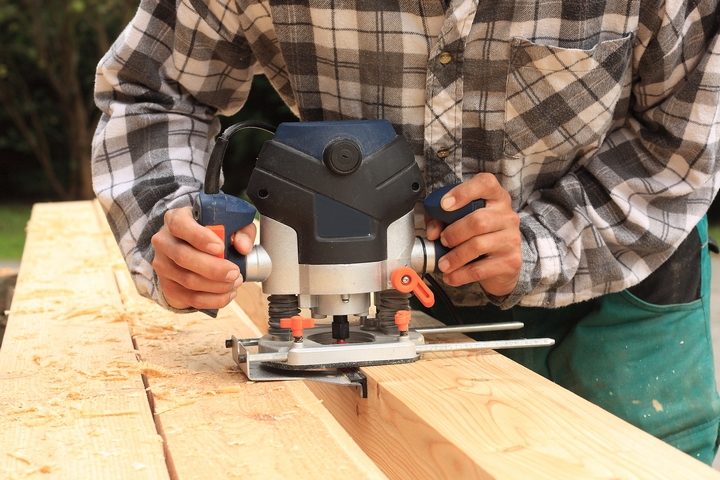There are a great many tasks that go into constructing a structure or building. On any given day, the hardworking general contractors on a construction site will perform any number of these tasks.
Completing a building requires both large tasks and minute details that one might not even think of in the grand scheme of things. All of these construction worker duties, no matter how small, are crucial to the success, security, and safety of the final product.
The following are ten regular types of construction worker duties and responsibilities:
1. Digging holes
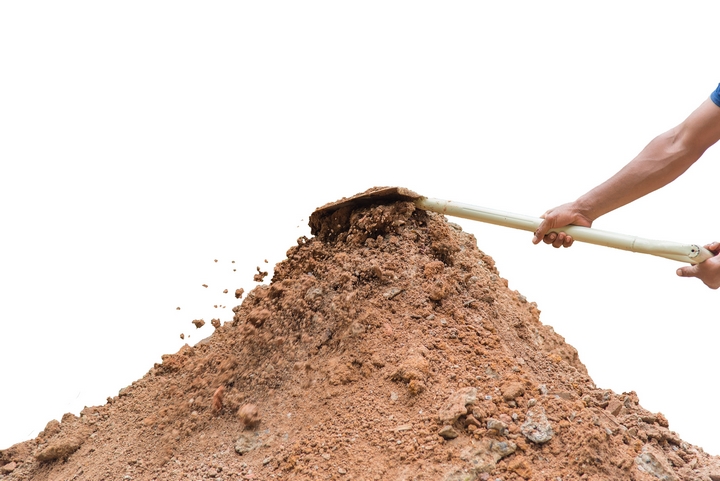
Trenches, holes, and excavation are crucial construction worker duties. Excavating is so important because it provides a solid base for the structure to be built on. Soil nearer to the surface is likely to be more brittle, whereas the soil underneath will be more firm, a necessary characteristic, especially for large buildings. Construction workers have to dig these holes, primarily with large machinery, although some hand digging may be required.
2. Clearing the site
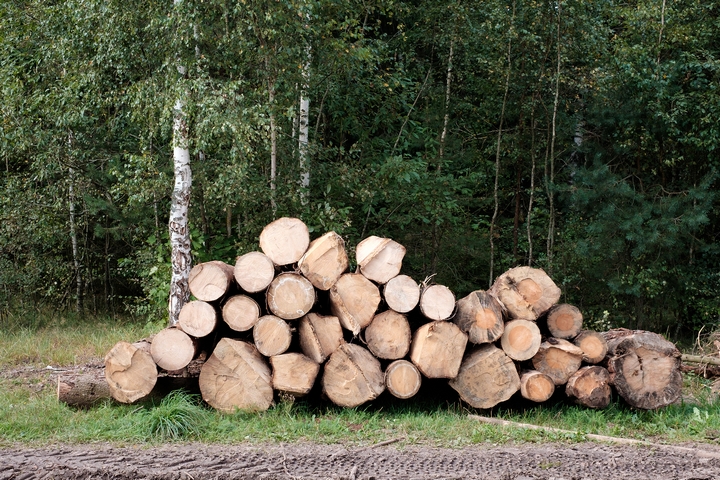
There may be garbage, dangerous materials, and debris on the job site – either before beginning, and also throughout the project. Anything that is not in use and is not going to be used needs to be removed from the site for safety reasons. It also makes more space for tools, machinery, workers, and materials. Clearing the site may also mean clearing trees and other natural items from the area before beginning work on the site.
3. Preparing the site

Preparing a construction site includes many different things. It begins with the demolition and removal of any old structures and buildings that may be on the site. Then, excavation, leveling and land drainage have to be done to prepare the site for work. Site preparation involves any activity that is necessary to ensure that the land can handle whatever structure is going to be built.
4. Assembling and disassembling temporary structures
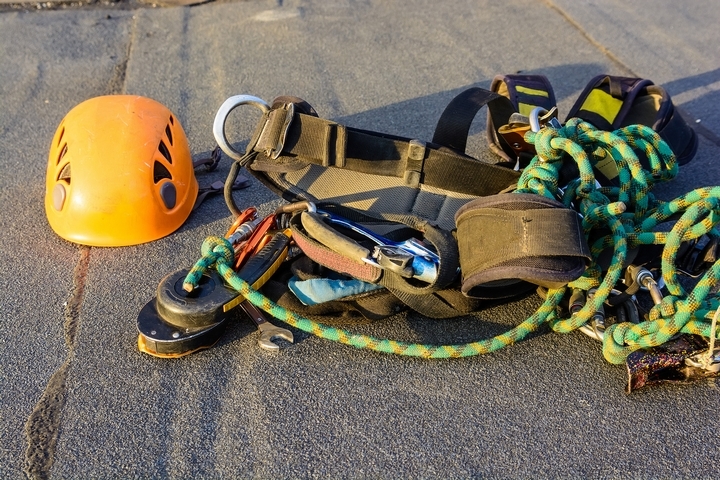
Many temporary structures are used in construction to facilitate the building process. Scaffolding helps construction workers to access areas that they would otherwise be unable to access.
Once the work is done in that area, the scaffolding must be taken down. Temporary structures are also used to either support structures that cannot yet support themselves, or to divert traffic in a certain direction while the regular path is under construction. These are also set up and removed by construction workers.
5. Regulating traffic
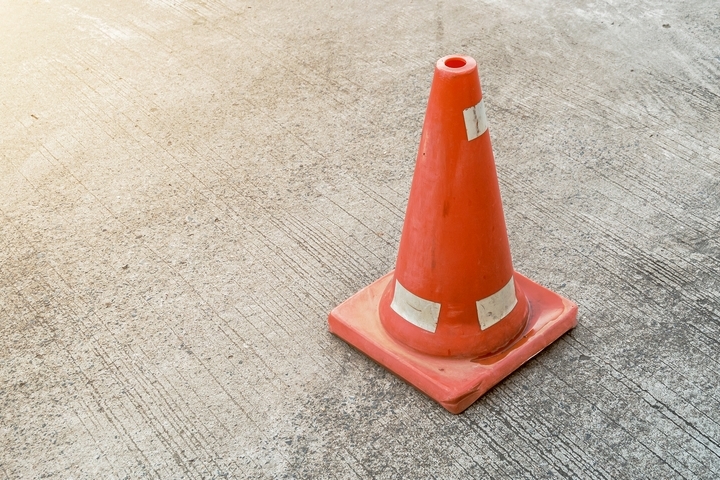
When construction gets in the way of traffic – both foot and vehicle – construction workers must set up the area to divert that traffic. Using traffic cones, they can keep cars and people from entering certain areas, and the construction workers themselves can also direct traffic to ensure no accidents occur as a result of the altered state of the roads.
6. Smoothing and leveling
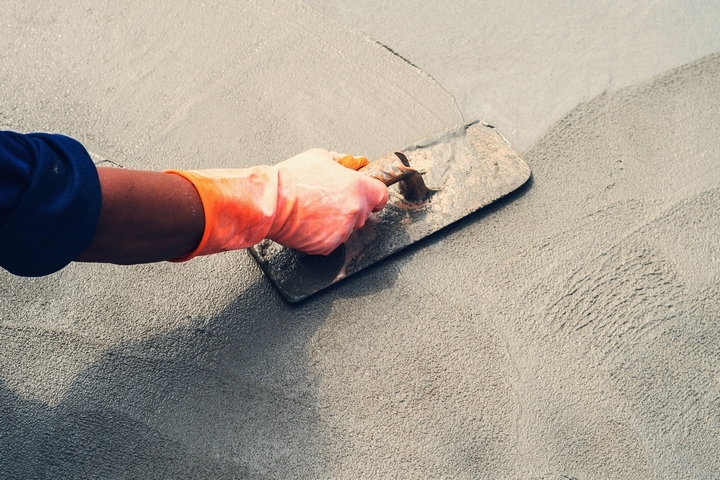
When concrete is poured, or other materials are poured or placed, everything needs to be leveled out and smoothed. Construction workers must do this to ensure that the surfaces are safe for people to walk or drive on, and that they are securely in their place.
7. Preparing supplies and tools
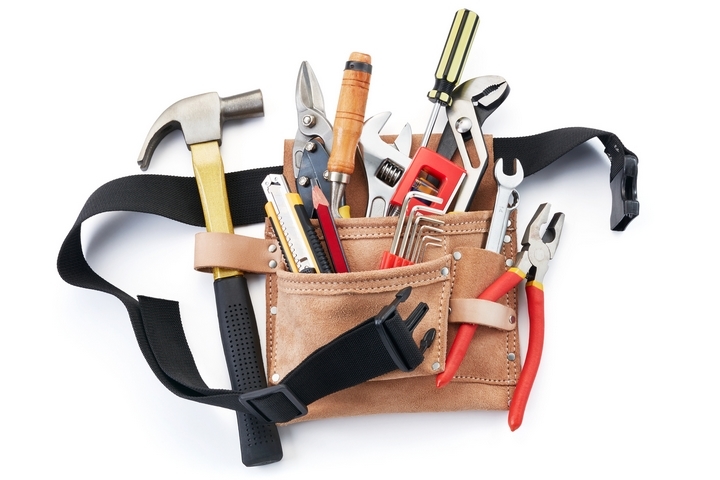
There are some supplies that require preparation before use. One of the most common examples of this is that cement must be properly mixed before it can be poured. Construction workers must be able to efficiently prepare their materials for the job at hand, when necessary.
In addition, any tool or material that is going to be used needs to be set up and ready to use in order to enhance efficiency on the job site and decrease confusion about where things are located.
8. Assisting
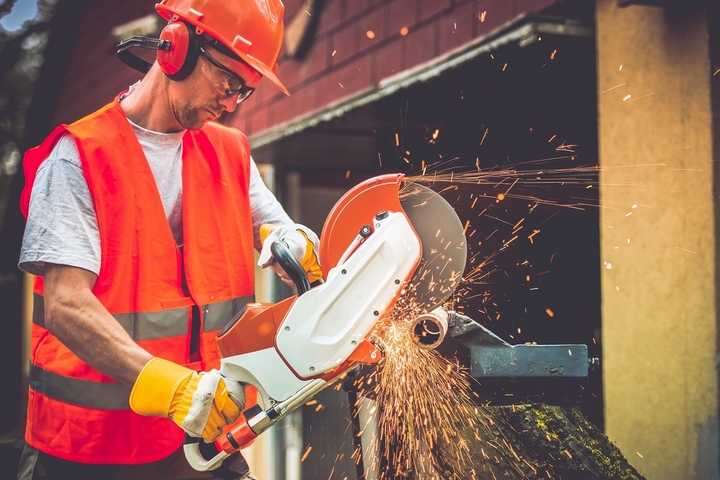
Construction labourers who have not specialized in a trade like carpentry, welding, or plumbing, can also be required to help out these skilled trade workers on site. They can be generally tasked with any odd job having to do with a trade, as long as it does not require a specialized skill or knowledge to complete. As a general rule, the labourers on a construction site are seen as collaborators for the team, helping out wherever their skills, knowledge, and muscles may be required.
9. Using hand and power tools
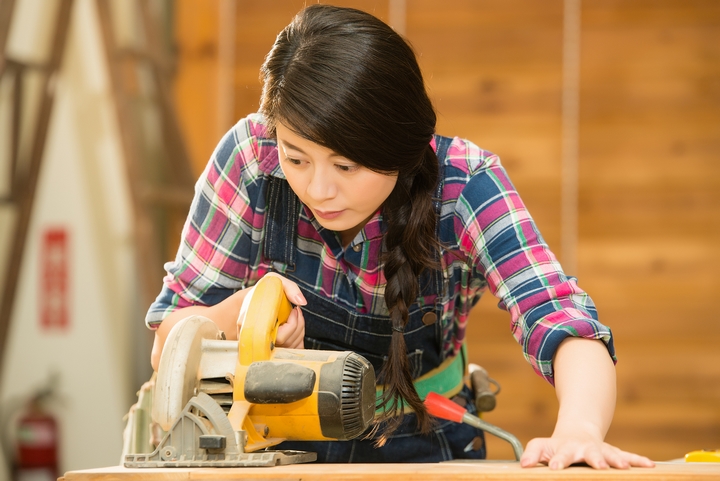
Both hand and power tools are a necessity to working in the construction industry. Construction workers can be required to use anything from a hammer or a screwdriver to small mechanical hoists, chain saws, bench saws and many, many other tools. Workers are expected to handle these tools with care, and they are expected to know how to use them properly.
10. Loading and unloading
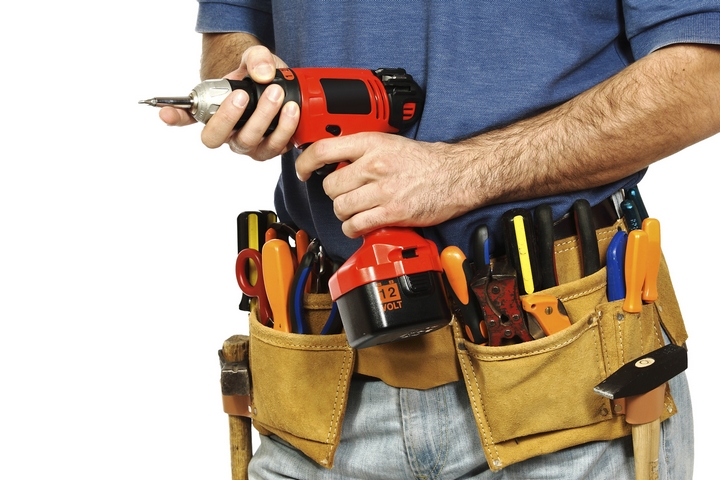
All of the resources and supplies have to come from somewhere, and any leftover supplies, debris and tools need to be returned after the work is done. It is up to the construction workers to get everything where it needs to be, when it needs to be there. For less heavy supplies this could be done by hand, however for heavier materials workers use machinery instead.

